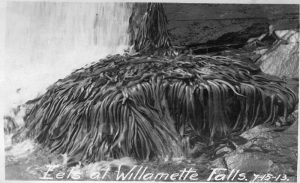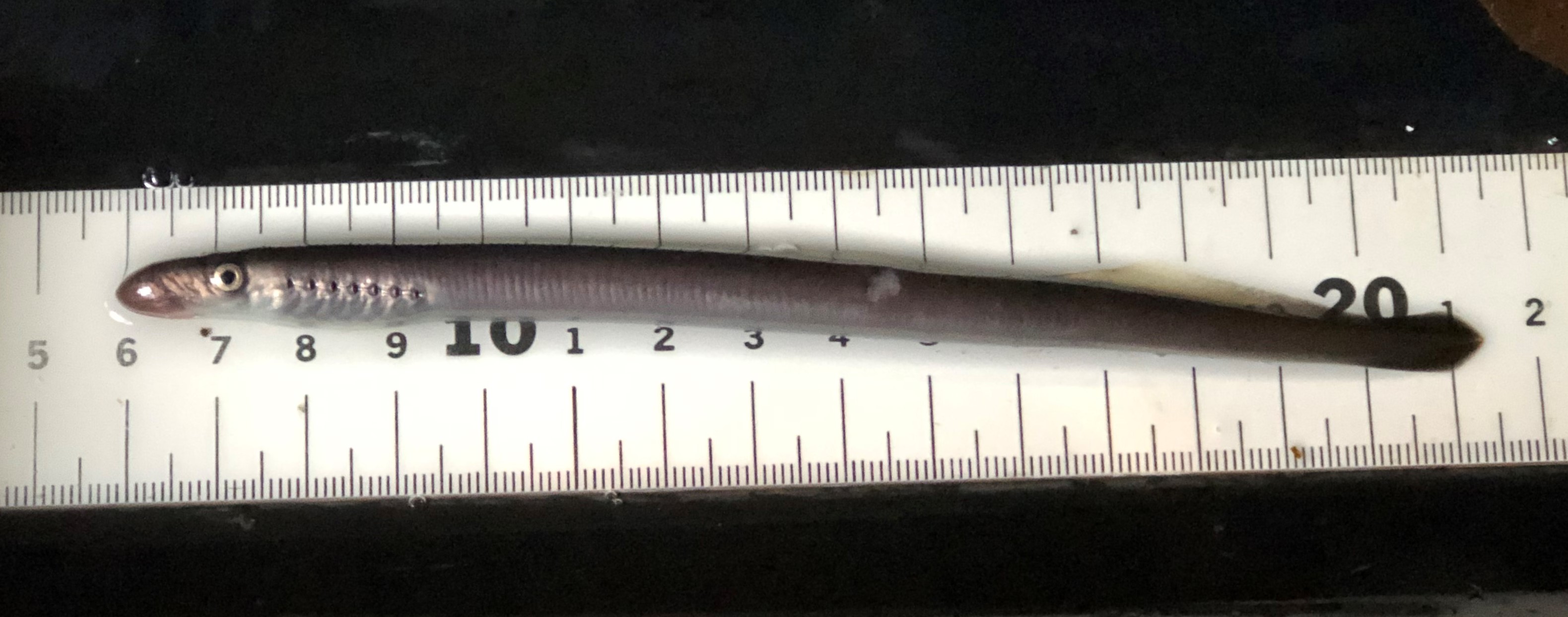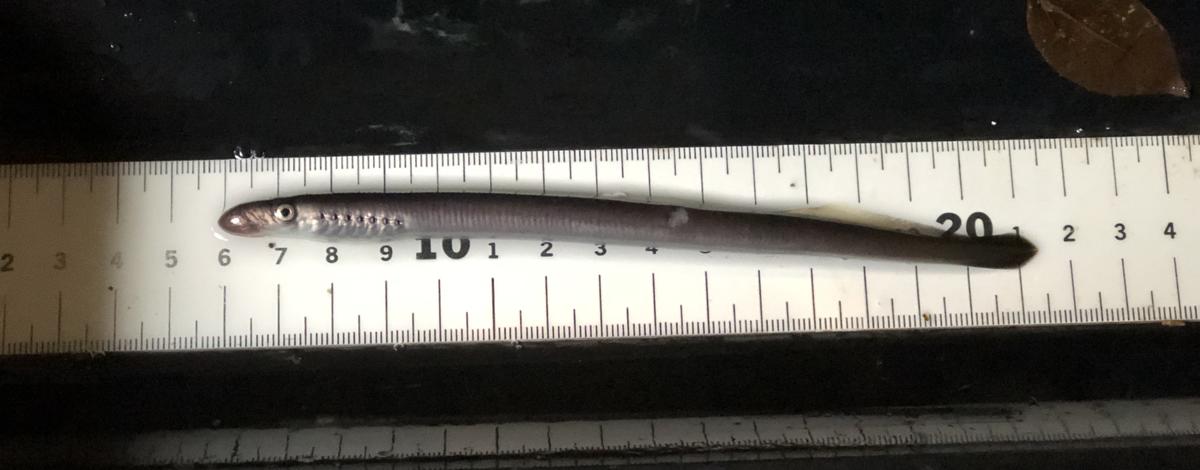Over the last two years, researchers operating a rotary screw trap on the South Fork Salmon River have been catching thousands of juvenile lamprey each year.
Lamprey are the most historic fish in the Columbia River Basin, dating back 450 million years. They are anadromous, just like Salmon and steelhead, and once returned from the ocean by the millions. Columbia River Basin Lamprey numbers declined dramatically with the onset of hydrosystem development from around 1940 to 1980. Fish passage designs were not suitable for Lamprey passage. Over the last ten years, the average number of adult lamprey that have passed the counting windows at Lower Granite Dam has been less than 100.
Extremely low lamprey returns over the past several decades has impacted our Idaho forests. Lamprey are an important part of the ecosystem as they are an important prey species, deliver marine derived nutrients to headwater forests, and were once an important food source for native tribes. Boosting their abundance can have major benefits to our Idaho ecosystem.

In an attempt to recover Lamprey numbers in the Columbia River Basin as a whole, the Tribal Pacific Lamprey Restoration Plan was developed in 2008. Congruent with this plan, the Nez Perce Tribe in Idaho began releasing adult lamprey in the South Fork Salmon River drainage in 2012 (and elsewhere!).
Adult lamprey released in the South Fork Salmon River spawn in headwater tributaries, and produce eyeless offspring (called ammocoetes) which spend up to seven years in the river system before migrating to the ocean. Ammocoetes are filter-feeders that burrow into mud and sand. Before they migrate to the ocean, the ammocoetes metamorphose into macropthamia (pictured below), and develop eyes and a sucking-disk mouth. These adaptations will assist them in becoming somewhat friendly parasitic feeders on Salmon and steelhead once they reach the ocean.

Juvenile lamprey that are migrating downstream have been encountered at the IDFG screw trap on the South Fork Salmon River for several of the last years. Typically, macropthamia are captured in the screw trap, but both life stages have been captured in large numbers in recent years. The average number of juvenile outmigrants captured in the past two years is 1,200, which lends credence that adult outplanting programs are an effective tool to help restore juvenile lamprey to the landscape.

